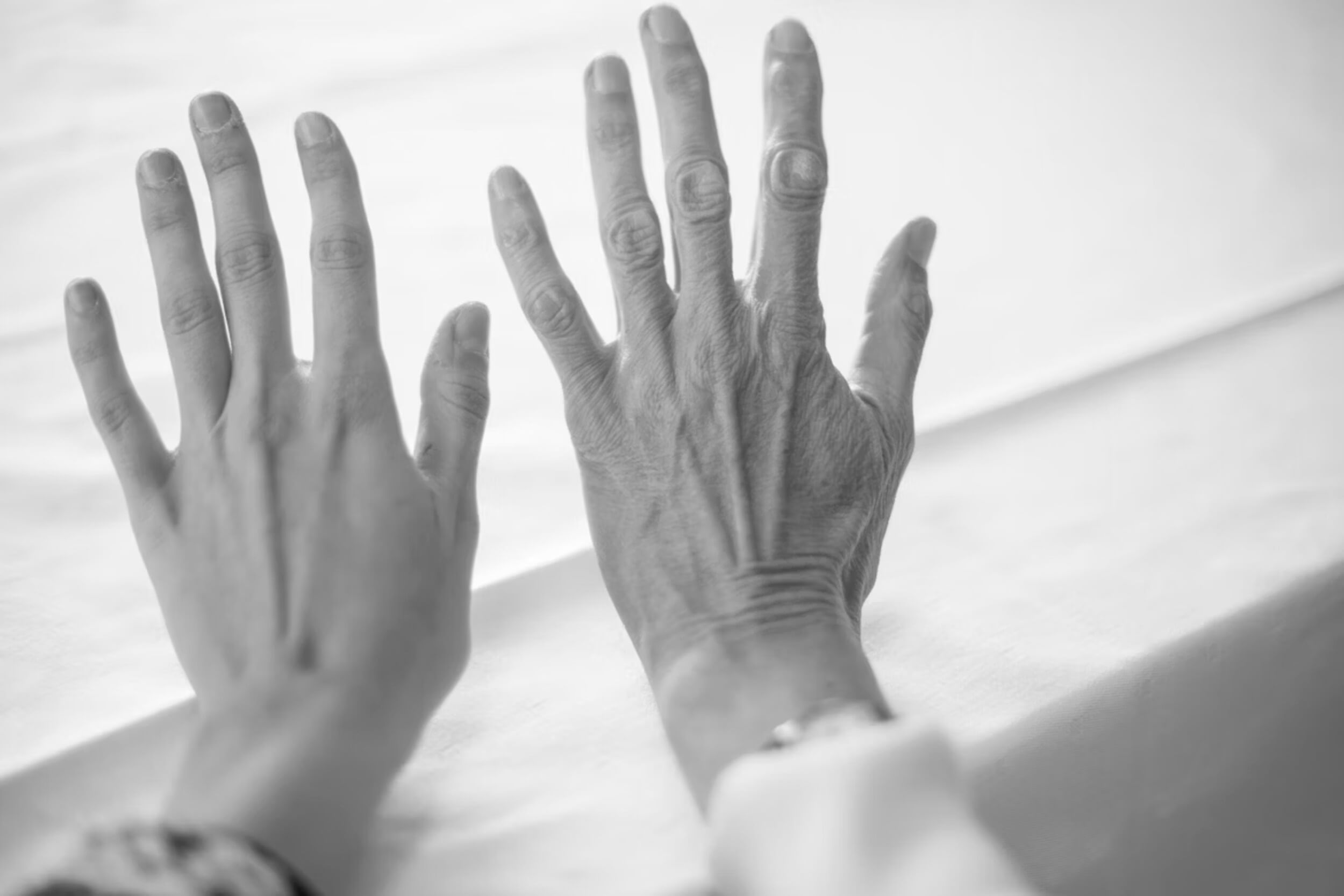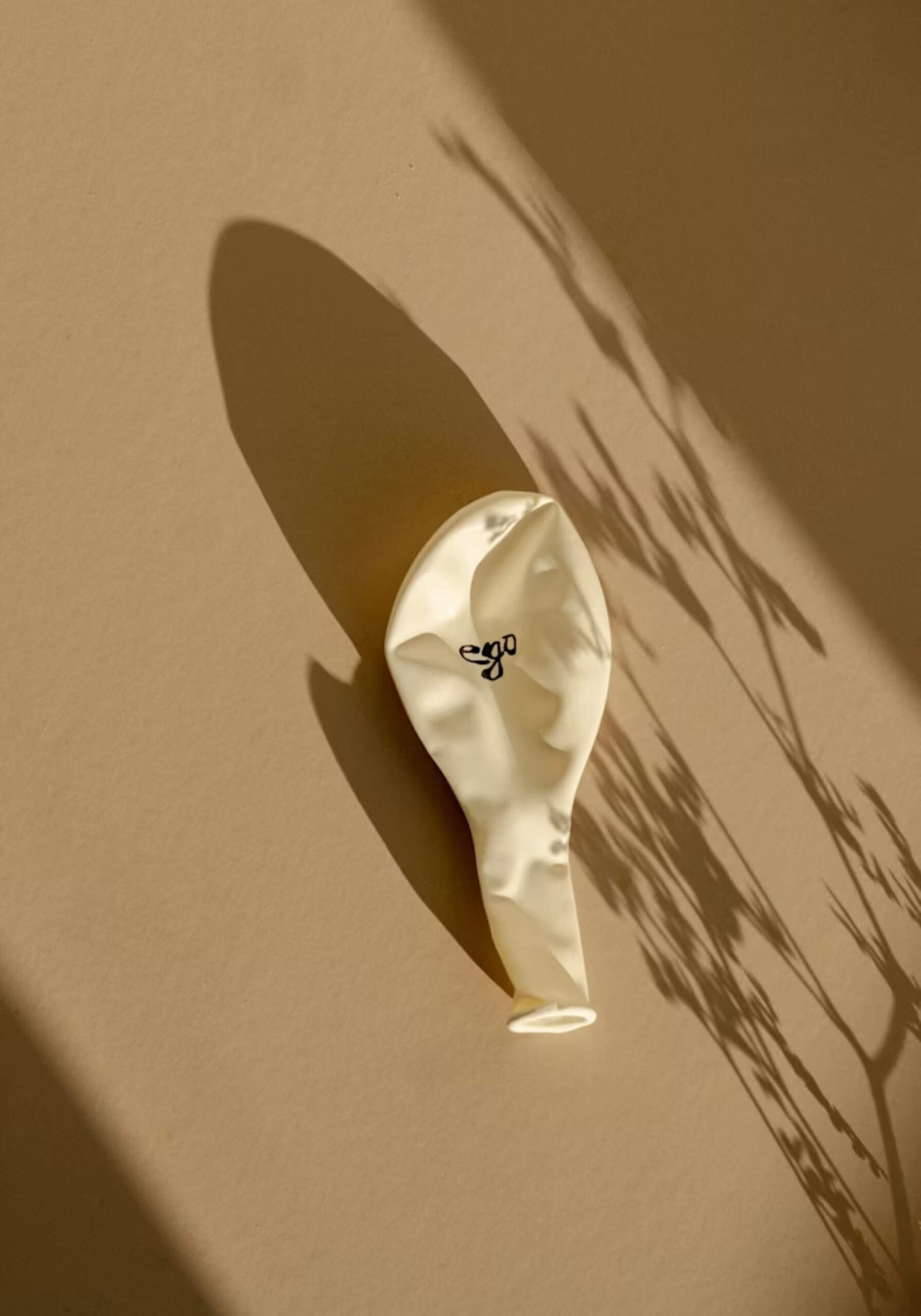You might step on the scale, see a smaller number, and think—great, the weight’s coming off. But not all weight loss means fat loss. A lot of the time, what you’re losing at first is just water. That’s especially common when you cut carbs, start sweating more, or switch up your eating habits.
Here’s the catch: water weight can come back fast. Fat loss, on the other hand, sticks around and shows real change in your body. It’s what most people are really after.
If you’re wondering whether the changes you see are just short-term or signs you’re burning fat, you’re not alone. These small but noticeable clues can help you tell the difference—and make sure the progress you’re seeing is actually worth it.
Before the Signs: What Makes Fat Loss Different from Water Loss?
Losing a few pounds in the first week of dieting? That’s usually water, not fat. It happens fast when you cut back on carbs, sweat more, or use anything that makes you pee often. But here’s the thing—water weight comes off quickly and comes back just as easily. It’s not the kind of change that sticks.
Fat loss works differently. Your body has to dig into stored energy, and that takes time. It’s a slower process, but it’s the one that leads to real progress. You’re not just seeing a number go down—you’re changing how your body works.
If you’re seeing steady signs you’re burning fat, you’ll notice more than just the scale moving. You’ll feel it in your energy, your clothes, and your confidence. That’s what makes fat loss the better goal.
5 Signs You’re Burning Fat, Not Just Losing Water
Here’s how you can tell your body is actually shedding fat—not just dropping water weight.
1. Your Clothes Fit Differently (Even if the Scale Stalls)
Some signs don’t show up on the scale—but they show up in your jeans. If your waistband feels looser or your shirt doesn’t pull as tight, that’s often fat loss at work. Water weight won’t change how your clothes fit. It comes off fast but doesn’t reshape your body.
Fat, on the other hand, takes up space. As you lose it, your shape starts to shift. You might lose inches without seeing much change in pounds, and that’s perfectly normal. These small changes are actually big wins—because they stick around.
When you notice that your clothes are fitting better in the same spots where you’ve always carried extra weight, those are strong signs you’re burning fat, not just losing water. And the best part? That progress is a lot more lasting than what shows up overnight on a scale.
2. You Feel More Energized—Not Drained
Waking up with steady energy and fewer afternoon crashes can be a quiet clue that your body is using fat for fuel. Once your system starts tapping into fat stores, it gets better at keeping your energy level balanced throughout the day.
Quick water loss can do the opposite. It might leave you lightheaded, tired, or just a bit “off.” That’s because you’re losing fluids, not real fuel. Your body runs better on fat when it has time to adjust, and you’ll start feeling more alert without needing constant snacks or caffeine.
If you’ve felt more focused lately or have the energy to get through your day without a slump, that’s one of the clearest signs you’re burning fat instead of just dropping water weight. That shift means your metabolism is doing what you want it to do—turning fat into fuel.
3. You’re Losing Fat from Specific Areas (Not Just Overall “Slimming”)
Some areas are tougher to slim down—like your belly, thighs, or arms. Water weight doesn’t target those zones. It usually drops from everywhere and doesn’t change your shape. But when you notice changes in stubborn spots, that’s something different.
Fat loss works over time and shows up where your body tends to hold onto extra. If your lower belly is finally shrinking or your face looks leaner, that’s a good sign your body is using stored fat for energy.
These aren’t random changes. They’re specific and meaningful. They show your progress is more than surface-level. When those hard-to-tone areas start looking different, that’s one of the more obvious signs you’re burning fat—not just flushing out water.
4. You’re Less Hungry Between Meals
Needing fewer snacks or not thinking about food all day might surprise you—but it’s a good thing. Fat loss often helps with appetite control. When your body learns to use fat for fuel, it doesn’t ask for quick carbs or sugar every few hours.
Water loss won’t change your hunger. It doesn’t affect how full you feel or how often you need to eat. If you’re still eating healthy meals but feeling full longer, that means your system is adjusting in the right way.
Feeling more satisfied after eating and going longer without cravings? That’s one of the subtle signs you’re burning fat. It’s not just about losing weight—it’s about your body working smarter, using what it already has to keep you going without needing extra fuel all the time.
5. Your Body Fat Percentage Is Actually Changing
Seeing the number on the scale go down is nice—but it doesn’t tell you what you’re really losing. Checking your body fat percentage is a better way to see if your weight loss is coming from fat.
Tools like body fat scales, measuring tape, or progress photos can help track this. If your waist is shrinking or your arms are tighter, that shows a real shift in body composition. Water weight doesn’t lower fat percentage. It might make you look a little smaller for a day or two, but it won’t change your overall shape or health.
One of the more reliable signs you’re burning fat is when your fat percentage drops and your shape changes—even if the pounds move slowly. That’s the kind of progress that builds a stronger, healthier body over time.
What Supports Fat Burning (and Not Just Water Loss)?
Knowing the signs you’re burning fat is helpful—but it also matters that your daily habits are actually helping you lose fat, not just water. These small shifts can make a big difference.
Try focusing on these:
- Eat enough protein – It helps your body hold onto muscle while it uses fat for fuel. Protein also keeps you fuller longer and helps your body burn more calories even at rest.
- Do strength training – Lifting weights or using resistance bands helps protect and build muscle. That’s important because more muscle means more fat burned over time.
- Avoid cutting too many calories – Eating too little can backfire. Your body might start breaking down muscle or dropping water weight instead of fat. A moderate cut works best.
Fat loss is a slow but steady process. These habits give your body what it needs to target fat and keep the progress going—without draining your energy or messing up your metabolism.
Why These Signs Matter More Than the Scale
Most people focus on the scale, but that number alone can be misleading. It doesn’t show whether you’ve lost fat, muscle, or just water.
What really counts are the changes you feel and see—how your clothes fit, how strong you feel, and how steady your energy is. These signs you’re burning fat are more reliable than just watching pounds drop.
Fat loss means you’re making real changes that last, not just chasing short-term results. That’s why looking beyond the scale can give you a clearer picture of your progress.
Final Thoughts on Spotting Real Fat Loss
Losing fat isn’t always fast—but it’s the kind of progress that lasts. While the scale might not always show big drops, real signs are happening in your body.
If your pants feel better, you’re not hungry all the time, and your energy holds up through the day, those are strong signs you’re burning fat. These are the kinds of changes that matter most.
The goal isn’t just weight loss—it’s building habits and results that stick. Pay attention to how you feel, how you move, and how you live. That’s where the real wins are.















